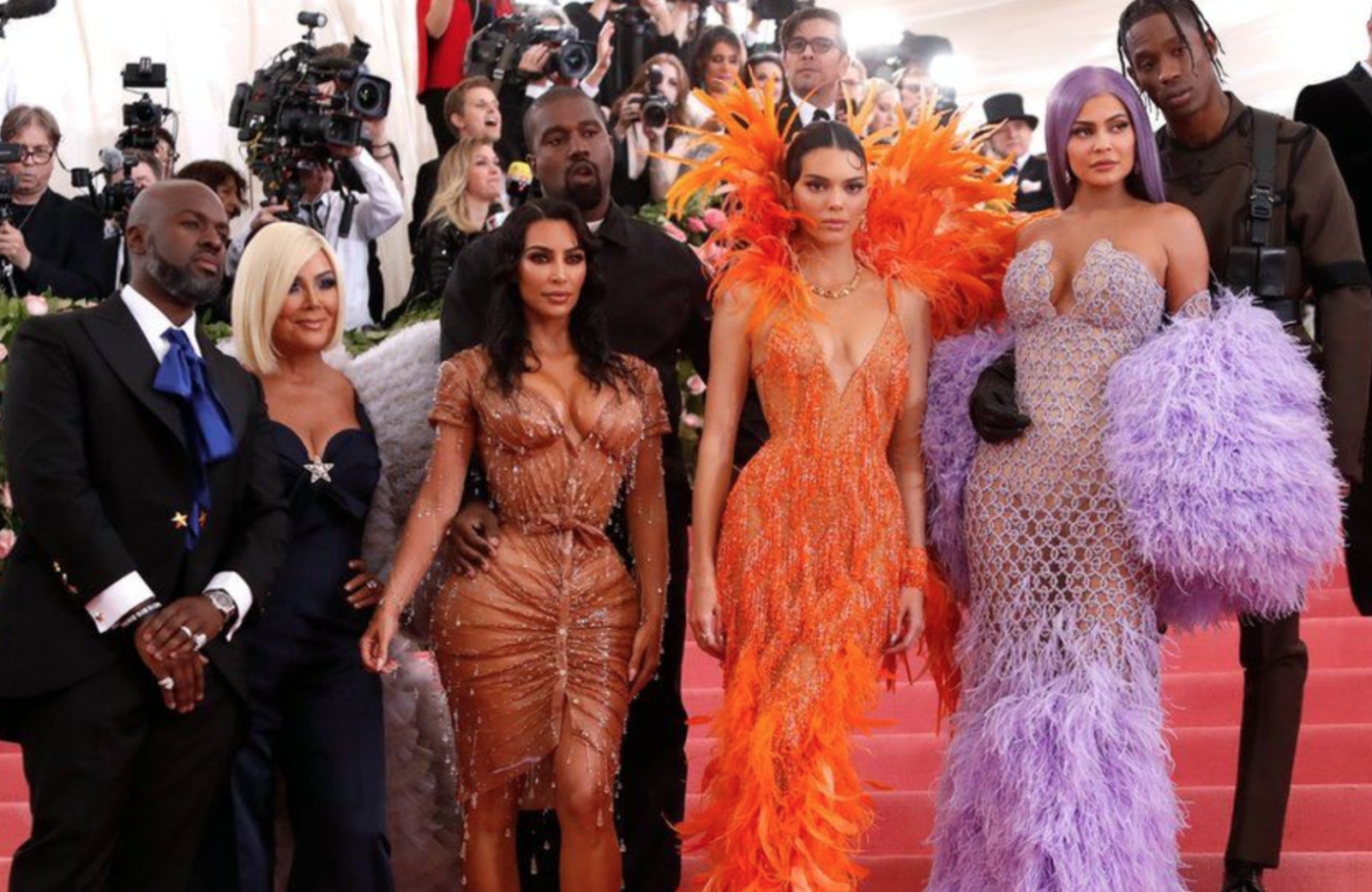First of all, no event of a mainstream nature can possibly be commodifiably camp without the presence of Madonna, who managed to make cone bra lingerie and religious-themed jewelry a viable fashion statement in the Midwest (a milieu itself so anti-camp it circles back to being camp, you know, the whole “so bad it’s good” trope). This aside, there was far more than just that to take issue with regarding the theme of this year’s Met Gala, dubbed Camp: Notes on Fashion. That little “note” after the colon being Anna Wintour’s way of broadening the spectrum of what people could wear more than ever before to an event once far more tailored (no fashion pun intended) to putting forth actual thought, as opposed to slapping together something that might pander. Anna Wintour, the “host” who claims it is Andrew Bolton, Chief Curator of the Costume Institute, that gets the final say on the theme, might herself be unclear on what camp means. In truth, it’s likely Grace Coddington knows more about it if those Mammy jars in her kitchen are any indication. Of course, we all know Wintour is the one with the real clout behind the event, even if Andrew Bolton is the beard.
While, in the past, the “joint” organizers of the gala have at least seen fit to select a motif with the level of specificity needed to restrict a free-for-all interpretation, the choice of simply “Camp,” in effect, rendered the most basic of them all to come out of the woodwork in attire that amounted more to particularly sequined evening wear than anything resembling true camp. In fact, one could argue that last year’s theme, Heavenly Bodies, was campier than what showed up on the red carpet this year (for the sight of Rihanna as a papess was surely of higher kitsch value than Lady Gaga wearing whatever the fuck it was she was wearing–and by the way, she might have considered saving the meat dress for this event instead of peaking too soon with it).
Evidently trying to make feathers happen as part of what constitutes a boilerplate definition of camp, Wintour herself appeared in them, her sartorial choice backed by Celine Dion, Cardi B, Yara Shahidi, Janelle Monáe and Kylie and Kendall Jenner, each sporting feathers somewhere on their own endlessly non-camp ensembles. Ensembles that people actually might have worn back when people put effort into dressing. You know, somewhere in the Titanic-era of American life.
And so, one pictures select celebrities getting ready with their stylists assuring them, “Oh my god, yasss! This is so quirky. Super funky! You’ve got to wear it. It’ll be totally over the top.” Maybe that’s how Katy Perry ended up “illuminating” everyone as a chandelier (and left them overloaded later as a burger), or Jared Leto opted to bring a second head. For camp is many different things to many different people. One thing it is not, however, is intended to be paraded by basics who would return to their regularly scheduled programming of Coach and Ralph Lauren mainstays once the night was over.
While some did manage to play into an authentic meaning of camp (Ezra Miller being a surprising standout), the very notion that it is something that can be dubbed as a theme goes against its very core. Is camp fruit and rainbows (as reasoned by Cara Delevingne’s appearance) or is it wearing a New York Post dress (as assumed by Gwen Stefani)? No, it’s none of these. For camp cannot be classified by the naturally commercial nature of the Met Gala. At this point, why not just let Ryan Murphy run it for the purpose of re-creating vogue balls as he does for Pose? Is that standard-issue camp enough?
To prove as much regarding those who fathom it ought to come from a place of genuineness, markedly missing from the “event of the season” (or what’s left of seasons in New York), was also Alan Cumming. And where there’s no Cumming, there’s no camp. Not even at the minuscule tier previously not discussed when bringing up Madonna’s large scale camp cachet.
One supposes if you want to exhibit your own pure sense of camp on the streets of New York, the best thing to do would be to make your way into the thick of the Upper East Side (not Museum Mile, where the Met is perched), where the stark-raving “normals” of the area have a more honest sense of what that actually means–harkening to that above mentioned Midwest detail about something normal circling back to bizarre as a result of being so normal.






















